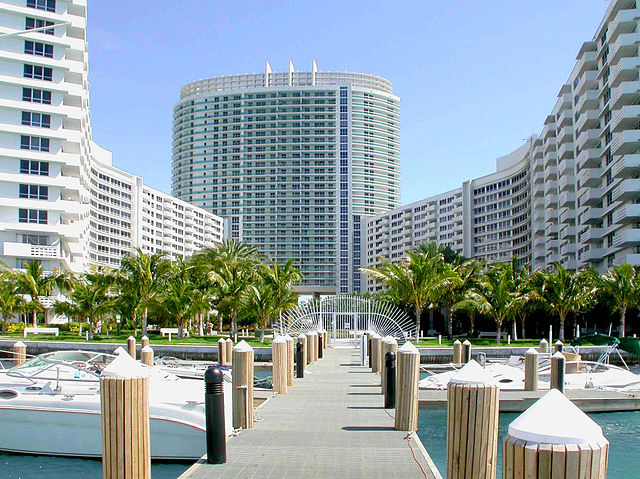CMBS Defeasance Requests on the Rise

As the commercial real estate industry continues to adjust to a rising interest rate environment, reports of defeasance requests have trended higher in recent months,” wrote Marc McDevitt, a senior managing director at CRED iQ.
“Generally, in a low-rate environment, defeasance is an opportunity for borrowers to take advantage of refinancing existing debt at a comparatively lower rate. In the current environment of rising interest rates, borrowers are motivated by risk from the opportunity cost of waiting to refinance at maturity when rates could be significantly higher than current rates or the risk of not cashing out equity before a recessionary environment could adversely impact commercial real estate values.
“Other factors to consider are rising U.S. Treasury yields compared to 2021. With higher Treasury yields, substituting real estate collateral for U.S. Treasuries or similar securities that match loan cash flows becomes more economical from a cost perspective. In addition to the cost of purchasing cash-flow-equivalent securities, defeasance costs also involve additional fees, which generally can include accounting fees, consulting fees, costs associated with a legal review or rating agency confirmation, custodial fees for the collateral securities, servicer processing costs, and costs associated with the successor borrower.
“As an example, Blue Diamond Crossing is a $46 million loan that defeased on Feb. 10. The loan will be open for prepayment in December 2022 and has a maturity date of April 1, 2023, which was more than a year from the time of defeasance. The event was driven by the borrower securing a new refinancing package for the loan collateral, a 505,072-square-foot retail center in Las Vegas. The borrower was able to take advantage of a lower cost of capital compared to loan origination in 2013 while also staying ahead of imminently higher interest rates. The total cost of defeasance was more than $48 million, approximately 5 percent higher than the outstanding balance of the loan at the time.
“Overall, CRED iQ identified more than 6,000 loans — across CMBS conduit, securities-based lending, CRE collateralized loan obligations and Freddie K securitizations — with an outstanding balance greater than $65 billion that were defeased as of March 2022.
“Defeasance activity during the first quarter of 2022 totaled $5.6 billion across more than 350 loans. For each month in Q1 2022, defeasance activity was higher year over year than in 2021. The largest difference was in February 2022, when defeasance activity was nearly four times higher than the February 2021 total, based on outstanding balance.
“Most recently in March 2022, the average time to maturity for loans that defeased was approximately 3.5 years. Extending the view historically, time to maturity generally averaged from three to four years for loans that defeased during 2021 and through Q1 2022.
“Multifamily was the property type most commonly associated with defeasance by a wide margin, accounting for greater than 60 percent of all properties that were substituted. However, this figure was inclusive of Freddie K securitizations. Isolating defeasance activity to conduit and SBLL transactions (CRE CLO defeasance was nominal), multifamily was still the property type most commonly associated with defeasance with 25 percent of activity by outstanding balance.
“The office sector was close behind, accounting for 24 percent of outstanding defeased loans by unpaid balance. Unsurprisingly, loans secured by lodging collateral were least commonly defeased given headwinds faced by the industry during the pandemic. Loans previously secured by lodging collateral accounted for 5 percent of all defeased loans.”


